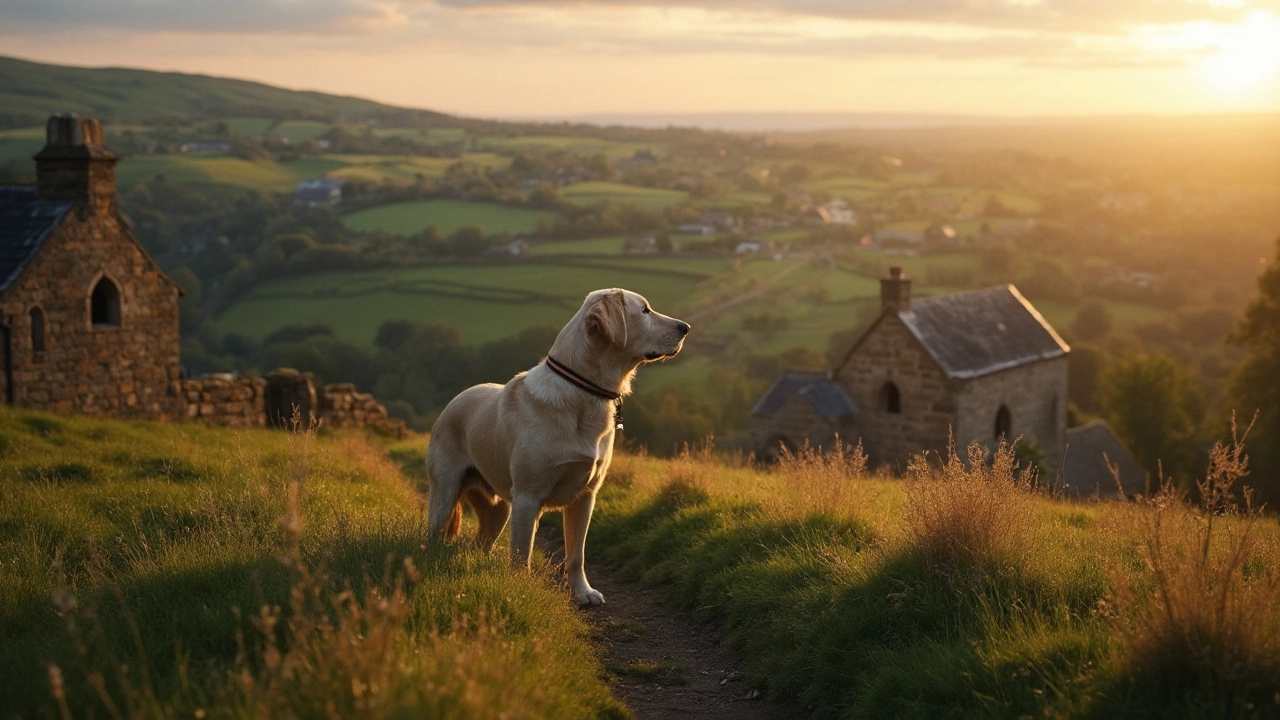Dogs' Sense of Smell: Why Their Nose Is a Superpower
Ever wonder why your pooch sniffs everything in the yard? A dog's nose is built for detecting scents that are invisible to us. It’s not just a cute habit – it’s a vital tool for safety, hunting, and communication.
Inside a dog’s nose are up to 300 million scent receptors, compared with about 6 million in humans. Those receptors sit on a wet, warm surface that pulls in air like a tiny vacuum. When a molecule hits a receptor, the brain gets a detailed map of the scent. That’s why a single sniff can tell a dog who’s been in the house, what they ate, or whether a storm is coming.
How Smell Shapes Your Dog’s Daily Life
First, smell protects them. If food goes bad, a dog senses the change long before it looks spoiled. If another animal marks a spot, the dog reads the message and decides whether to investigate or avoid. Second, scent drives play. A new toy’s smell is a big part of why your dog grabs it right away. Third, it keeps them connected to you. Your unique scent stays on your skin, clothes, and even the couch, letting your dog know you’re close even when you’re out of sight.
Because the nose is so tuned, any blockage or infection can make a dog irritable or anxious. If you notice frequent sneezing, a runny nose, or a loss of interest in sniffing, a vet check is a good idea.
Fun Ways to Keep Your Dog’s Nose in Top Shape
1. Sniff‑search games. Hide a treat in a rolled‑up towel, a cardboard box, or a small bag. Let your dog use its nose to find the reward. It’s like a brain workout that also burns off extra energy.
2. Varied scents. Take short walks on different surfaces – grass, sand, mulch – and let your dog explore at a slower pace. Seeing new smells keeps the olfactory system active.
3. Gentle nose cleaning. If your dog’s nose gets crusty, wipe it with a damp soft cloth. Don't use harsh chemicals; a simple warm wash does the job.
4. Healthy diet. Good nutrition supports skin and scent gland health. Treats that are natural and free from artificial additives, like the gourmet snacks from Galloway Gourmet Dog Treats, give extra nutrients without clouding the nose.
5. Regular vet visits. A quick check for nasal issues can catch problems early. Ask the vet about vaccines or parasite preventatives that might affect smell.
Finally, respect the nose. When you’re at the vet or using a carrier, keep the environment calm and avoid strong chemicals. A stressed dog may shut down its sniffing to focus on safety, which can make the visit harder for both of you.
Understanding a dog’s sense of smell changes how you interact with them. Instead of seeing sniffing as a nuisance, think of it as a conversation. By giving your dog chances to explore scent, you boost confidence, reduce anxiety, and strengthen your bond.
So next time your dog pauses at the doorstep, take a moment to ask, "What’s up there?" and let them lead. Their nose knows more than you think, and listening can make everyday life richer for both of you.

How Far Can Dogs Smell Their Owners? Exploring Canine Super Scent Abilities
Discover whether dogs can truly smell their owners from 11 miles away, backed by real research, quirky facts, and everyday tips for dog lovers.
View more